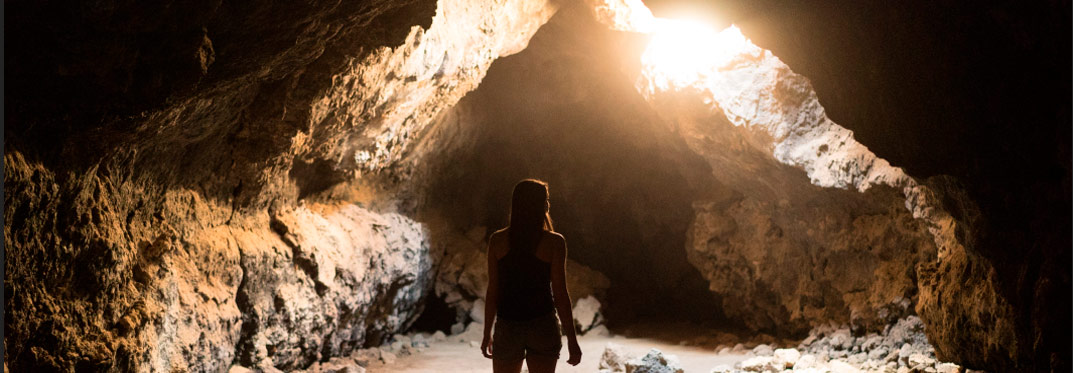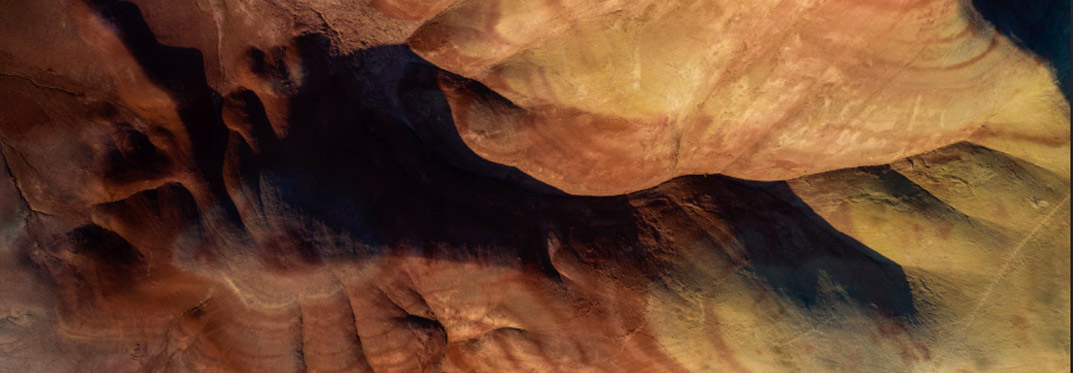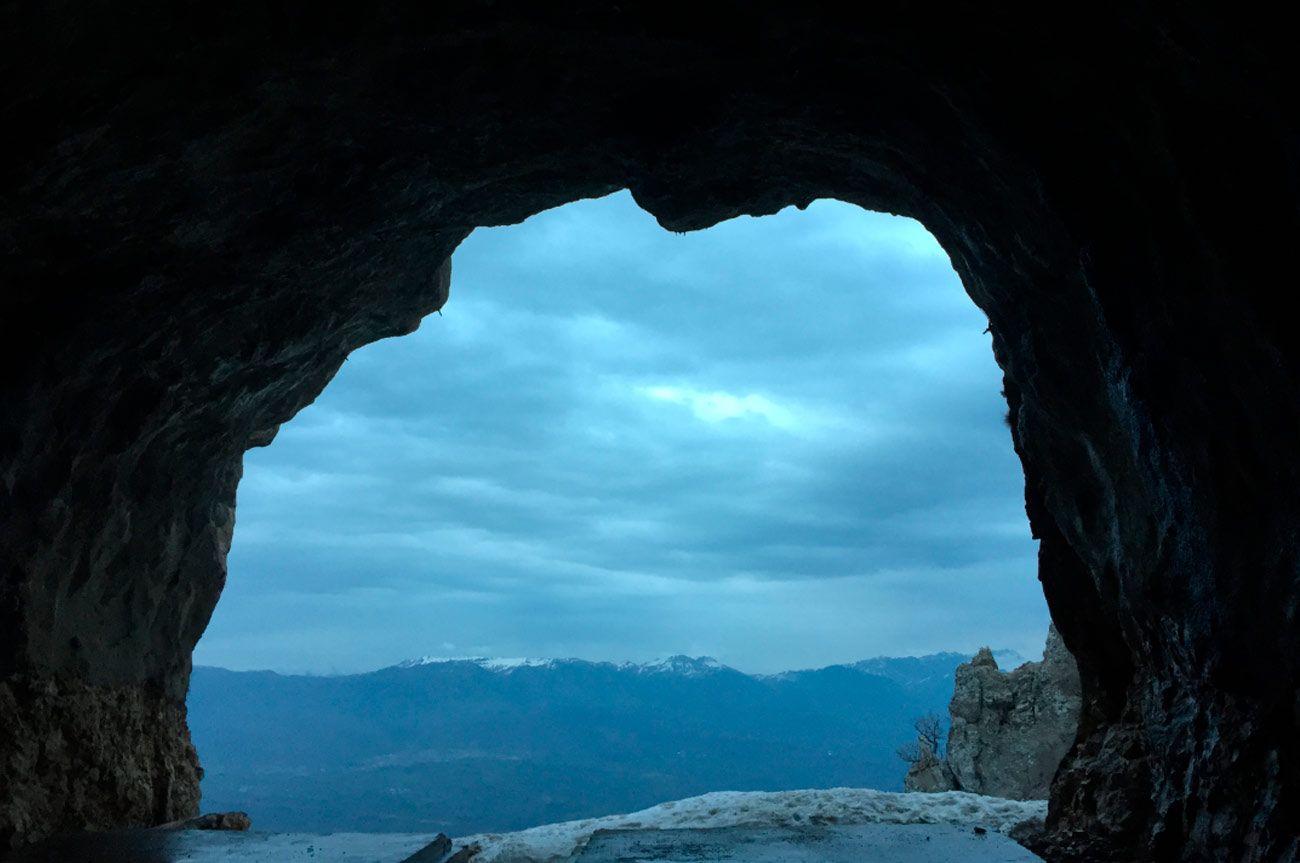Are you one of those who likes to do cultural activities? If so, you’ll surely be interested in making an excursion to Risco Caído, recently declared a World Heritage Site by UNESCO, during your holiday in Gran Canaria.
This thousand-year-old cave is part of the group of sacred mountains of Gran Canaria, which consists of about 1,500 caves. However, Risco Caído is a special place, since its symbolism, its history and the way it shows us how life was before the conquest are unique.
Do you want to know all of its secrets? In this post we reveal one of the jewels that adorn Gran Canaria. Come on and dive into the history of the round island!
Risco Caído, a natural work of art that you can't miss
Nature and traces left by historical events sometimes leave us works of art to enjoy their eternal beauty.
This is the case of Risco Caido and the Sacred Mountains of Gran Canaria Cultural Landscape, which was declared a World Heritage Site by UNESCO at its last meeting in Azerbaijan.
Rico Caído is located in the volcanic caldera of Tejeda, a place of 18,000 hectares which the Spanish author Miguel de Unamuno called ‘petrified storm’. Among these mountains, the presence of Roque Nublo, one of the best places to climb in Gran Canaria, is also worth mentioning.
Do you want to know the reasons why it’s worth going and what a visit to the caves of Gran Canaria can bring? Read on and discover that the round island hides many secrets that are worth discovering.

Discover the story behind Risco Caído
Every corner has its story to tell us and this couldn’t be less. In every step we take through here, there are clear traces of a culture forced to mix after the Castilian conquest from the fifteenth century.
In Risco Caído you can see how the Canarian aborigines lived, as there are many cave engravings, inscriptions in Libyan-Berber as well as remains of the subsistence activities carried out by the natives.
In fact, you can clearly see that this was a civilization that knew how to make optimal use of the resources and space available to them since all the caves were used for grain storage.
Specifically, in the cave of Risco Caído there is an ‘almogarén’ where religious rituals full of magic and charm were performed, which shows us how this culture was in its origins.
Discovery of Risco Caído
Like all great discoveries, Risco Caído was the result of chance. It wasn’t until 1996 that the archaeologist Julio Cuenca found this archaeological and astronomical site.
How is Risco Caído
Within the complex that forms part of this enclave there are two caves of special significance: the C6 and C7, which are located just north of the village and were probably the sanctuary of the aborigines in the middle of the mountain.
Specifically, the C6 cave has a particular circular shape with a paraboloid dome that is rare in the rest of the caves on the island.
But what is most remarkable about this corner in Risco Caído is that it has a channel through which sunlight or moonlight enters and is reflected on all the walls of the cave, highlighting the paintings inside and giving the place that aura of reflection typical of any sanctuary.

Other Gran Canaria caves
If you think that Gran Canaria is only ideal for sun and beach tourism, we have to tell you that you're very wrong.
In this island you can find very interesting natural places which have a vital importance if you want to know their history and origins.
In fact, in its mountains you can find many caves that were direct witnesses of the life of their ancestors.
Acusa Seca cave-houses
They're located right in the caldera of Tejeda, being a flat space located in the middle of the mountains where you can still see the remains of the ancient civilizations that lived before the Castilian conquest.
In many of them there are still cave paintings, old barns and the tombs of the ancient Canarians. If you like vegetation and nature, this is a place that will undoubtedly leave you with your mouth open.
Cueva pintada, a natural museum
It's one of the most important archaeological sites in Gran Canaria. In fact, inside this cave is one of the most important examples of cave art.
It's one of the sites where most work has been done in the whole island, since it's the result of more than 25 years of work in each of its corners to capture the historical legacy of the island's ancestors.
One of the most curious findings of this site are the funeral and embalming rites that can be found around the cave.
Remember that all visits to this monument are guided, so if you plan to add this cave to your itinerary, you'll have to make an appointment and think about it in advance.
At VillaGranCanaria we want your trip to the island to be perfect. To this end, we can offer you villas in the middle of nature where you can rest from your daily routine and stay near places like Risco Caído.

